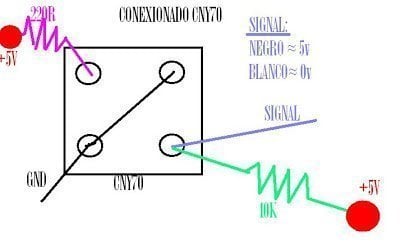How trustworthy are the component specifications? Can I rely blindly on datasheets? How well is a device characterized by the manufacturer?
We are used to read a datasheet given by the company with the conviction that everything is 100% real… (and so it must be) but… Manufacturers could provide misinformation about their products in order to create a competitive edge against their competitors.
Why?
Not all the consumers have the knowledge or the proper equipment necessary to verify the technical specifications.
And many tests require a long testing period or a large sample quantity. For example, the noise performance of a high-end auto-zero precision op-amp or the endurance reliability.
Who?
These misleading commercial practices are rarely seen, at least in known reputable electronics device manufacturers.
Moreover, there are plenty of laws and regulations to avoid this kind of practices.
In fact, datasheets are kind of a “contract” between the buyer and the manufacturer. Datasheets are, theoretically, “legally binding”. When you buy a component detailed on a datasheet, the supplier agrees to meet the specs detailed on that datasheet.
Usually, they tend to be offshore electronics vendors without a distinguished, trustworthy and reliable brand behind them.

On the Edge Tricks or “specsmanship”
On the free market, companies want to sell. And although manufactures or vendors do not directly manipulate or mislead about the performance of a device, they emphasise or advertise favourable data and may omit or mitigate unfavourable specs.
This practice is called specsmanship
Some of the techniques commonly seen:
Specifications which depend on thirds parameters: frequency, temperature or voltage.
For example, the total harmonic distortion or PSRR, which depend on the frequency, it could be given at only one frequency.
The “typical values” are not guaranteed by production testing.
The use of external test circuits that give a better performance than usual or common applications
For example the axis scale of the graphs, …
Deliberately Untruth
When a component is counterfeit (cloned) illegally and put on the (gray) market, obviously they can not copy-paste the datasheet. They would make up new similar specifications trying to camouflaging key specs to avoid being discovered.
Can chips be copied illicitly? Yes, and more frequently than you can think. In this article, I overcome this topic in details: IP and IC Piracy and how to copy a microchip.
Other unreliable components with untruthly specs are the items sold on eBay, AliExpress, etc. They are sold without many specifications, serious datasheets and without a big brand name behind. Also, the price is way below the market.
Without a doubt, engineers do not trust these sources/vendors for serious or commercial projects, but often these products can be sufficient for makers and hobbyists.
Conclusion
Non-reputable vendors (and especially new offshore companies) may have better prices, but specs or failure ratio (sometimes up to 10%!!).
So, if a certain parameter is critical to your design, then tested it yourself in-house or/and buy them from reputable vendors.
Did you experiment or notice any kind of specsmanship practice?





Nice post. I learn something totally new and challenging on personal site like you Alberto!